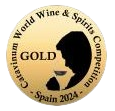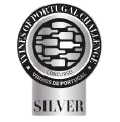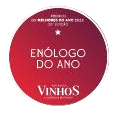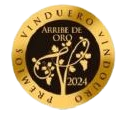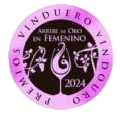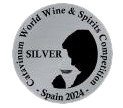Palmeirim d´ Inglaterra
History
The wine-growing region of Trás-os-Montes, in the north-east of Portugal, is divided into three sub-regions: Chaves, Valpaços and Planalto Mirandês. Mountainous, with a dry climate, very hot in summer and very cold in winter, it is crossed by the tributaries and sub-tributaries of the River Douro. Its deep valleys are still influenced by the Mediterranean, where famous wines have been produced since Roman times.
It is in this sub-region of Chaves, between the valleys of the Tâmega and the Ribeira de Oura, in the parishes of Oura, Selhariz, Faiões and Vila Verde da Raia, on granite soils with a sandy texture and others of schist origin, that the estates where this wine was born are located.
Its current owners come from families that have long been rooted in these lands and wanted to preserve the memory of their ancestors by producing a quality wine that, together with other activities, would dignify the culture of this unique territory. In this way, they defend the heritage they have inherited and participate in the development of a sustainable economy.
The grape varieties are mostly Portuguese. The grapes are harvested manually by variety and the wine is made in a traditional wine press where innovations have been made to ensure temperature-controlled fermentation. Rui Cunha and Sérgio Alves are the winemakers responsible.
PALMEIRIM D’ INGLATERRA wine takes its name from a famous 16th century chivalric novel written by Francisco de Moraes from Trás-os-Montes, a common ancestor of the owners of these estates. “De por si es muy bueno”, was how Miguel Cervantes described this work in Don Quixote de la Mancha. The label was designed by Augusto Cid.
Old Vines


Old Vines
Aroma: Elegant and with good intensity. The aromas are reminiscent of ripe red fruits and slight notes of woodland wrapped in fine notes of wood.
Grape varieties: Tinta Roriz, Tinta-Amarela, Alicante-Bouschet and Touriga-Nacional.
Reserve

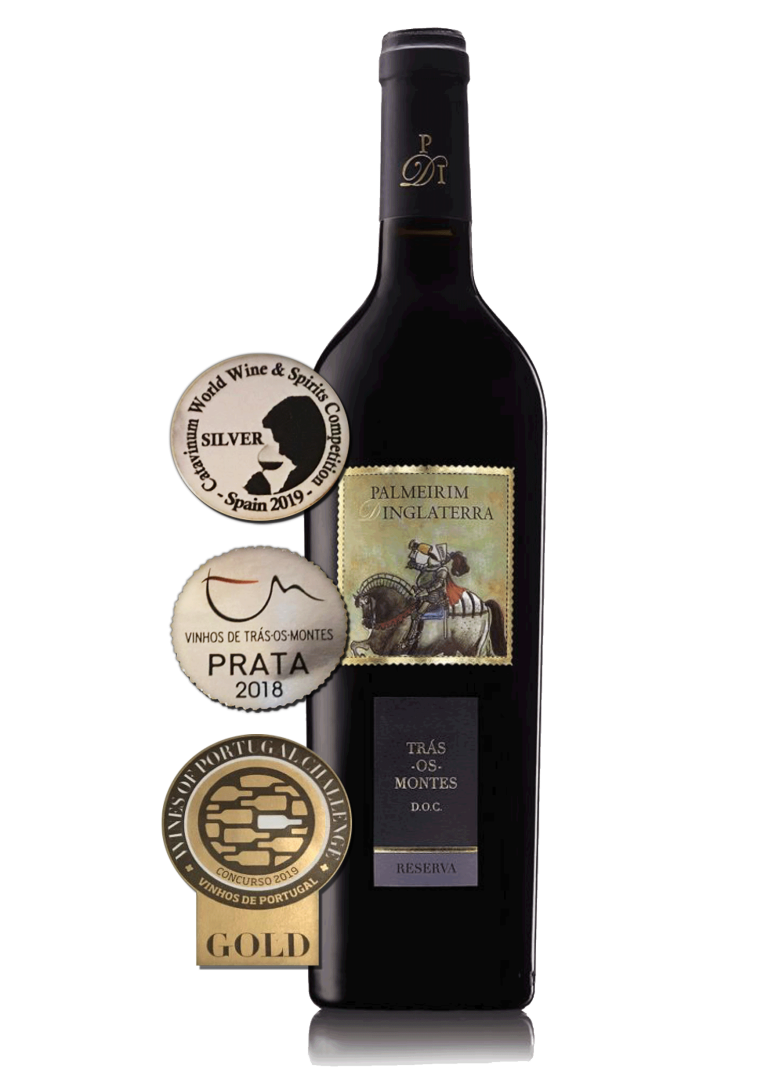
Red Reserve
Aroma: Elegant and with good intensity. The aromas are reminiscent of ripe red fruits and slight notes of woodland wrapped in fine notes of wood.
Grape varieties: Tinta Roriz, Tinta-Amarela, Alicante-Bouschet and Touriga-Nacional.
Red

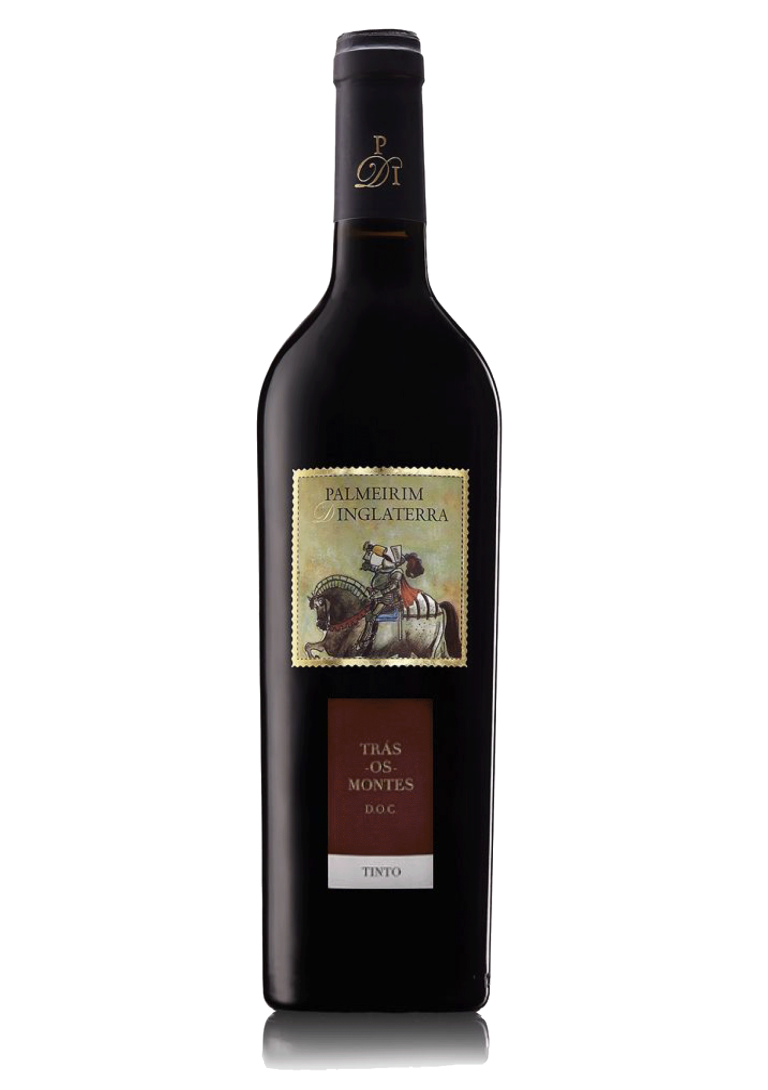
Red Whine
Aroma: Elegant and with good intensity. The aromas are reminiscent of red fruits, flowers and woodland notes.
Grape varieties: Tinta Roriz, Tinta Barroca, Alicante Bouschet and Touriga Nacional.
White

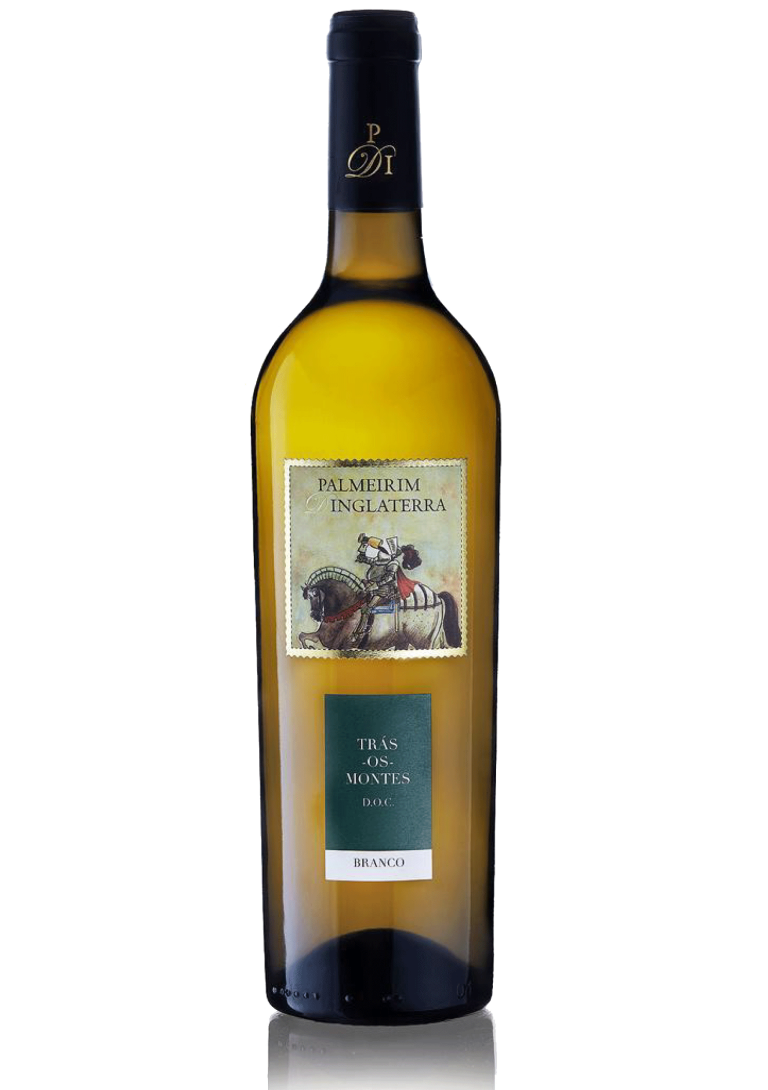
White Wine
Aroma: expressive, reminiscent of stone fruits such as lychee and apricot, citrus fruits and orange blossom.
Grape varieties: Arinto, Roupeiro, Viosinho and Moscatel Galego Branco
Rosé

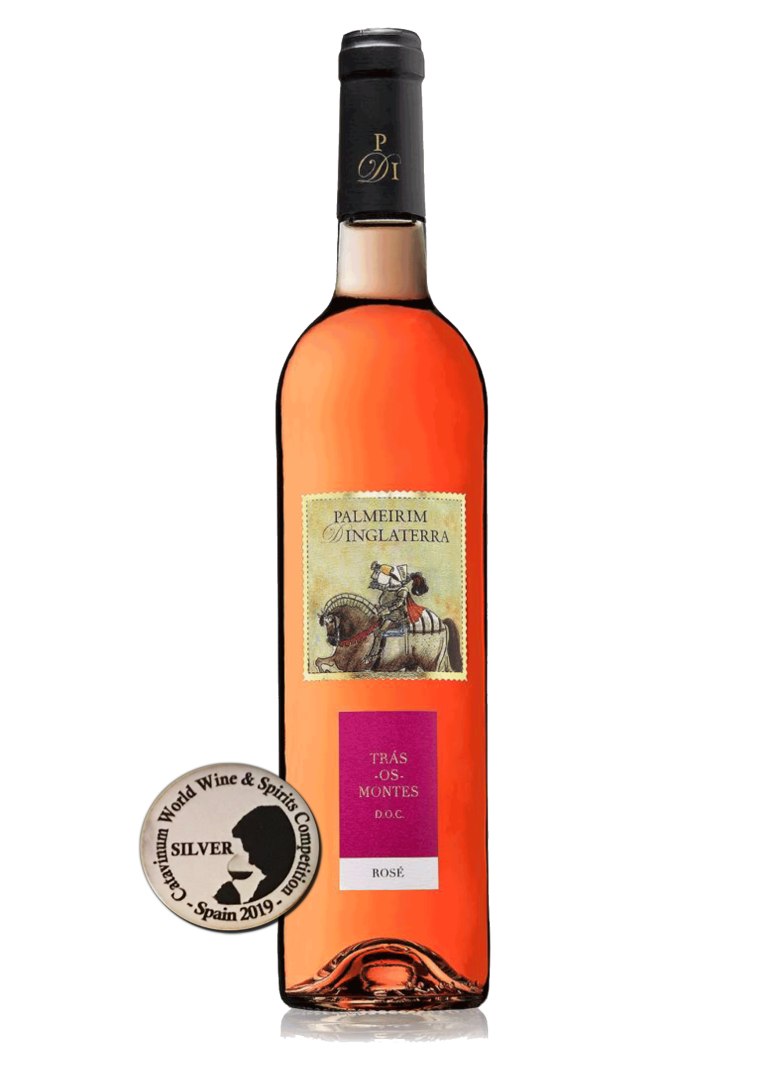
Rosé Wine
Aroma: Fine and elegant, with a good intensity reminiscent of redcurrant berries with vegetal nuances.
Varieties: Touriga Nacional
Where
WE ARE
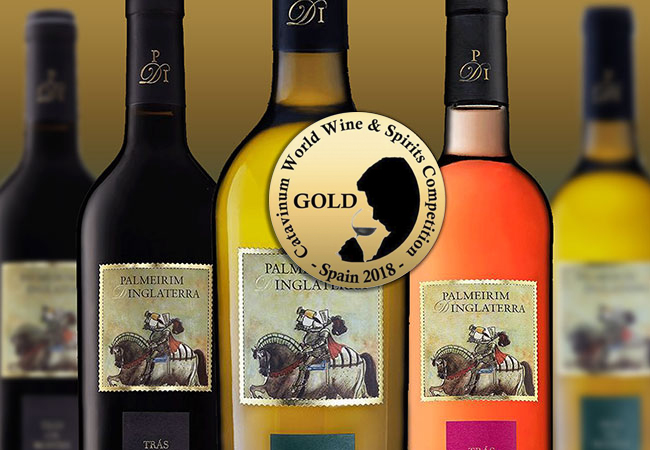

NORTE
Chaves
Prazeres da Terra, Vinoteca de Chaves, Alquimia Wine Bar, O Celeiro, Autentic-ArteFumo,
Vidago
Posto de Turismo do Vidago
Bragança
Marron – Oficina da Castanha, Solar Bragançano, Alformil–Turismo Rural, Garrafeira Tribuna
Mirandela
Mercado do Zé Alheiras Primorosas
Alijó
Casa de Casal de Loivos
Amares
Encostas de Amares
Braga
Encostas de Amares
Guimarães
Evineo
Matosinhos
Garage Wines
Mogadouro
Garrafeira Curralo
Porto
Augusto, Confeitaria Primazia, Gota-a-Gota Wine House, Akihácarne, Sala de Provas Vinhos de Portugal, Mercearia do Bairro, Mariscos da Foz-Ewine
CENTRO
Aveiro
Calvão–Vagos, David Margarido
Marinha Grande
Adega d’Avó Bé
SUL
Lisboa
Espaço Delux, Wines 9297, Vinharia, O Melhor de Miranda, Rota do Sul, Living Wine, Sala de Provas Vinhos de Portugal, Garrafeira de Alvalade, Garrafeira de Campo de Ourique, Napoleão, Wineclick, A Loja do Sr. Rocha, Néctar das Avenidas
Estoril
Quinta do Saloio
Cascais
Quinta do Saloio–Marina, Castas da Vida
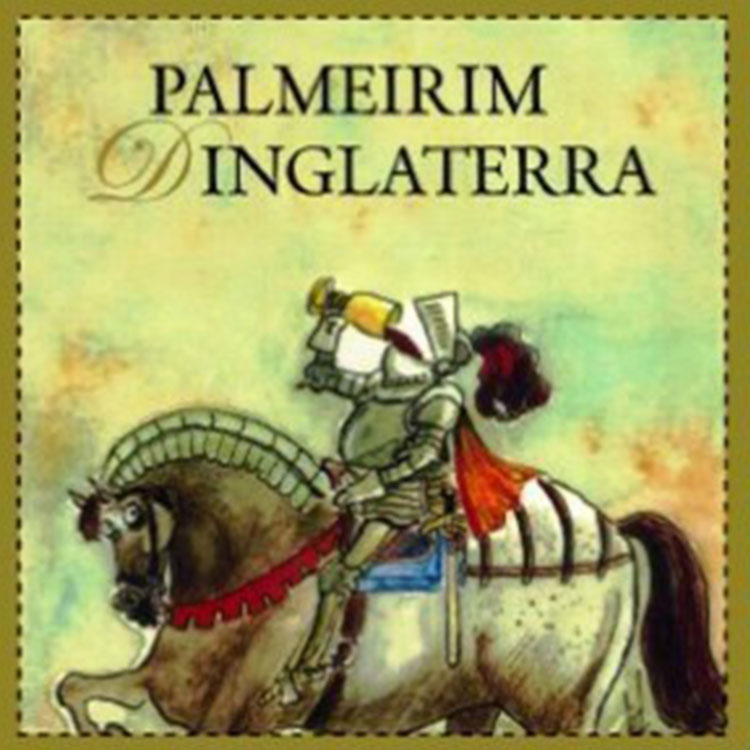

NORTE
Chaves
Adega Faustino, Alquimia Wine Bar, O Carvalho, Hotel Forte São Francisco, O Lavrador, Quinta da Mata, Taberna Benito, A Talha, Ilha do Cavaleiro, O Bitoque, Quinta da Cera
Vidago
Vidago Palace Hotel, Quinta dos Carvalhos, Resineiro, Primavera Perfume Hotel, Pizzaria Fernando, O Mário, Pizaria Bellissima, Bataclan
Bragança
Alformil Solar Bragançano, Restaurante G – Pousada de Bragança, Taverna do Javali, Lost Corner, Emiclau, Tribuna, Quinta D. Florinda
Mirandela
Mercado do Zé, Flor de Sal
Porto
Tasca do Bairro, Cozinha da Amélia
CENTRO
Ílhavo
Mar adentro
Marinha Grande
Adega da Avó
Mira
Pizaria Tico Tico
S. MARTINHO DO PORTO
Nova Caravela
Óbidos
Em Banho Maria
Fonte da Telha
Beira Mar
Montijo
O Primo Chico
Óbidos
Em Banho Maria
SUL
Costa da Caparica
Pata Roxa
Cascais
Castas da Vida (mercado), Garrafeira 111
Lisboa
Bom de Veras, Ordem dos Engenheiros, La villa–Restaurante Pizaria, Pap’Açorda, Suntory, Via 14, O Mattos, Bacará, Belmiro, Honor Sushi, Pedrouços, Solar dos Presuntos, Solar 31 da Calçada, O Chefe e o Mar, Dom Feijão, O Beiral, Sushitime
Oeiras
Taberna Oporto
Estoril
Mandarim-Casino
Who
WE ARE

Isabel Sarmento

João Moraes Sarmento

Ricardo Sá Fernandes

Rui Cunha

Sérgio Alves

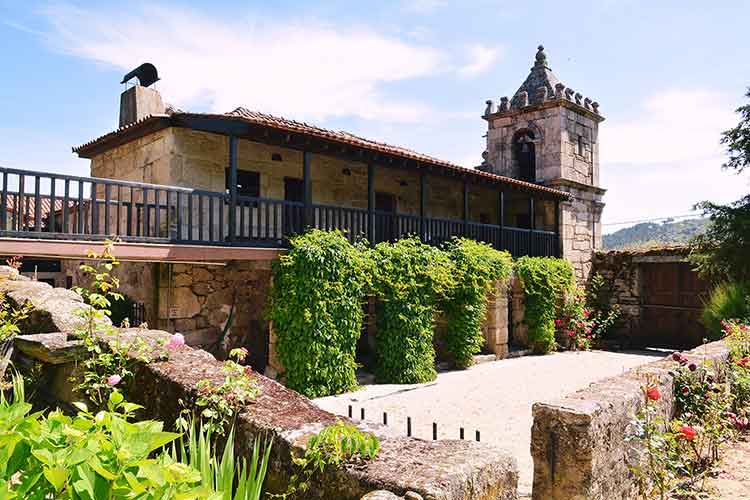

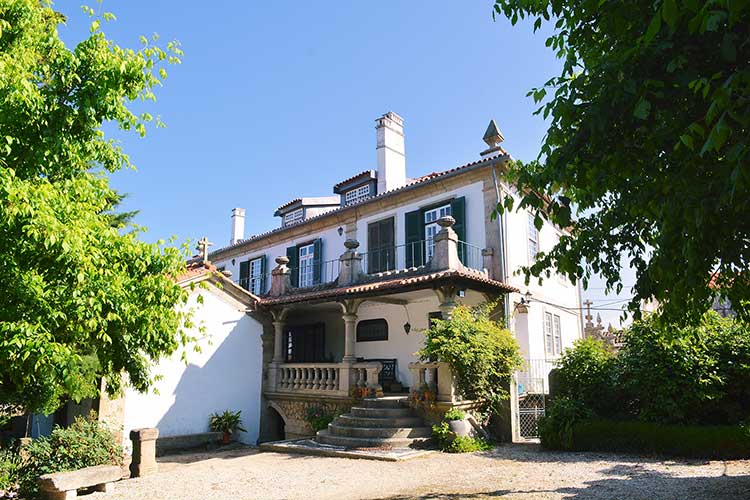
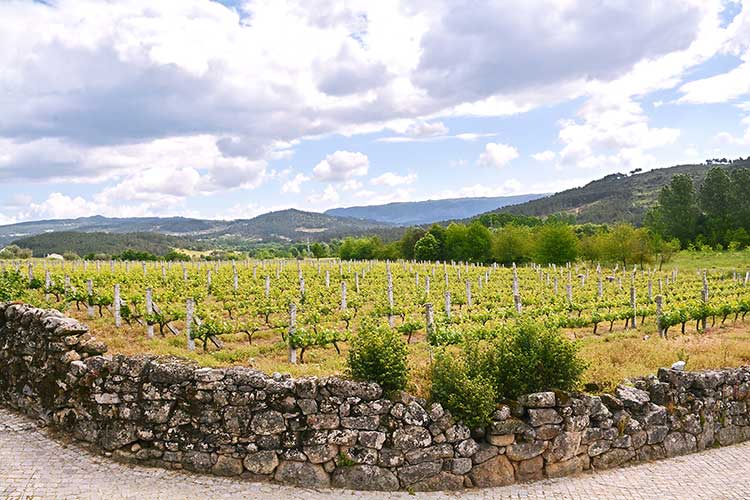
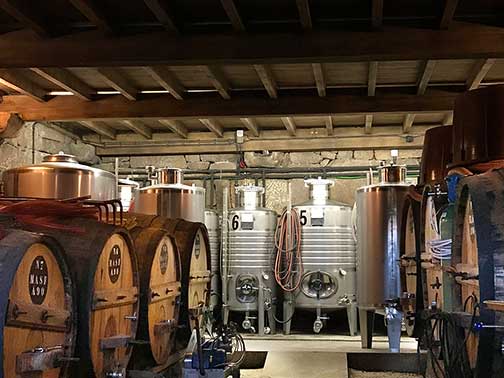


Prata – Prémios Vinduero, Concurso Internacional de Vinhos, Trabanca, Salamanca, 2021
(16,5/20) – Classificação da revista Essência do Vinho, Setembro 2021
(16,5/20) – Classificação da revista Grandes Escolhas, Julho 2021
(16,5/20) – Classificação da revista Essência do Vinho, Setembro 2021 (16/20) – Classificação da revista Grandes Escolhas, Julho 2021
Rosé 2016
(15/20) “Lote de 3 castas. Salmonado na cor, com algum peso aromático onde leves notas de groselha se associam com drops, com boa prestação na boca, o vinho tem volume e boa acidez mas pode ser mais aconselhável para a mesa do que para a esplanada. Saladas e massas estão à espera dele” (João Paulo Martins, Vinhos de Portugal 2018, Oficina do Livro, 2017)
(15,5/20) – Classificação em prova cega na revista Paixão pelo Vinho (n.º 71)
Tinto 2016
(16,5/20) – Classificação em prova cega na revista Paixão pelo Vinho (n.º 71)
Branco 2015
(85/100, ♥♥♥ “vinho de emoção”) “Lote com Arinto. Cor média citrina. Ananás, nota seivosa entre terrosos minerais e alguma hortelã. Denso, conversador, sem desmaios. Gastronómico. Excelente relação qualidade-preço” (Guia Popular de Vinhos, 2017, Aníbal José Coutinho com Neil Pendock, Editorial Presença, 2016)
Branco 2014
(♥♥♥ “vinho de emoção”) “Lote com Arinto. Cor clara citrina. Madeira abaunilhada, nata com casca cítrica e pêssego. Cativante. Amplo, redondo, fresco, muito consensual. Compra segura” (Guia Popular de Vinhos, 2016, Aníbal José Coutinho, Editorial Presença, 2015)
(16/20) “Feito com 4 castas, mostra-se muito bem no aroma, finos nas notas de fruta, aqui ao lado de algum vegetal seco, indo até uma leve sensação mineral. Muito bem também na boca, com frescura e com um estilo de muita proporção entre as várias componentes. Sempre uma boa aposta. A explicação do nome vem no rótulo” (João Paulo Martins, Vinhos de Portugal, 2016, Oficina do Livro, 2015)
